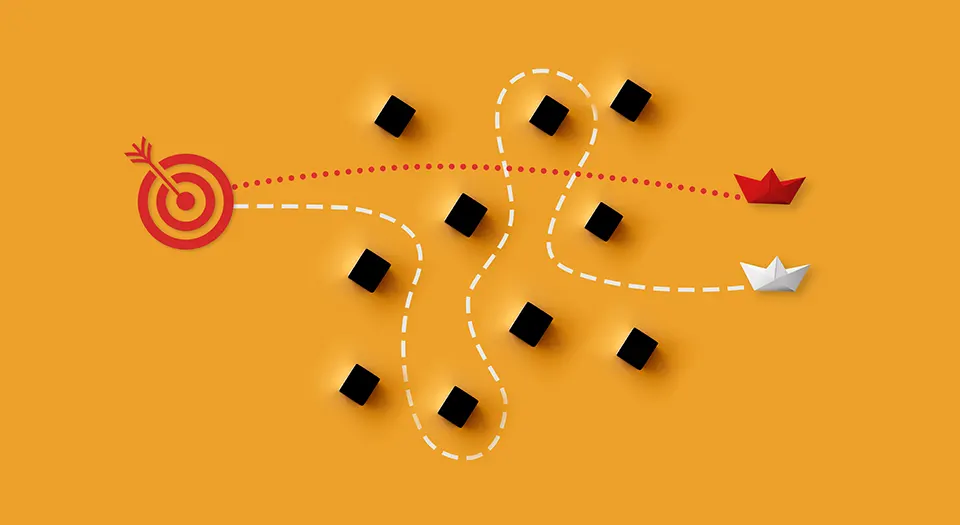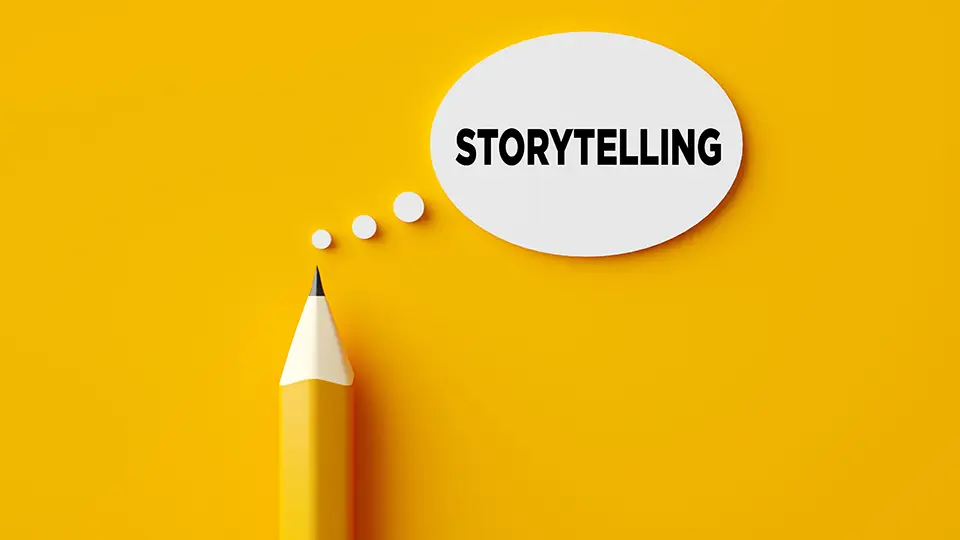No matter what size event you’re planning, there will always be multiple people, vendors, and other service providers involved, not to mention your own staff. A Creative Brief not only ensures that everyone is working towards the same set of goals, but also helps each individual know and understands their own personal responsibilities. No matter what size event you’re planning, multiple people, vendors, and other service providers will always be involved, not to mention your own staff. A Creative Brief ensures that everyone is working towards the same set of goals and helps each individual know and understand their responsibilities.
The reality is, that all creative service providers perform better when they can follow a creative brief. Follow our step-by-step guide for building your Event Planning Creative Brief, and learn why this one handy document is so important to the success of your event.

Start by Setting Clear Goals and Expectations
Sometimes, in the excitement to select a theme or concept, choose a destination, or decide on menus and other event elements, teams can lose sight of what the event is supposed to accomplish.
A solid creative brief will state the desired end goal as a primary direction for your event. Really good creative briefs will have an expected result that can be measured.
- For educational and training events, attendees may need to demonstrate 90% or better on product knowledge tests.
- Fundraisers should almost always have a target dollar amount.
- Brand awareness events may do well to focus on attendance or preferred customer or mailing list sign-ups at the event.
When everyone knows the desired end result, decision-making becomes much easier. Your vendors, providers, and staff will be able to make better choices that are suited to your vision and purpose. For instance, your training event attendees may “enjoy” a live band, but it’s not as important as high-tech multimedia presentation capabilities. A creative brief makes it clear which is a priority.

Set Strict Boundaries
Few things are more disappointing in the event planning process than finding out a portion of the event simply can’t happen as designed. Creative briefs help avoid these problems by creating a section called “Mandatories.”
These are the non-negotiable “Do’s” and “Don’ts” of your event and can include things like:
- Venue – maximum capacity, event-cut-off times, parking, noise ordinances
- Food & Beverage – dietary restrictions (vegan, gluten-free, etc), alcohol-free events, no straws or disposable serve ware
- Entertainment – permissions regarding the use or broadcast of popular music, photos, or video, wifi availability, language barriers or preferences
Essentially, if there’s a rule you cannot control, it should be in your creative brief’s Mandatories section. Similarly, if there is a rule you are setting yourself, no matter your reasoning is, your creative brief makes sure everyone is aware of it from the beginning.

Get Better Control Over Budget & Resources
Within your creative brief, make space for a section for your available “Assets.” This should list allyour organization’s relevant resources to help achieve your goals.
Already own your chairs, tables, and linens? Those are assets.
Have an in-house photography and videography team that can deliver on your goals? Also assets. Remember, assets can be physical objects or items, or they may be people who can accomplish specific necessary tasks.
Taking the time to list your assets in the creative brief allows you to get a more precise picture of your budget, and makes it easier to identify where you can pivot to cover financial shortfalls and where you may not be able to avoid certain costs.

Personalize Creative Briefs for Vendors or Teams
Outside of your event planning personnel, it is unlikely that a vendor or provider will need to know every aspect of your event. They are usually more focused on their piece of the puzzle.
Your creative brief can keep different groups on task by giving them clear deliverables for their services. To accomplish this, create slightly modified versions of the creative brief for each separate team. These should echo any mandatories that may be included in contracts, and any additional goals you may have. At the same time, your creative brief should still include overall goals, assets, and expectations to maintain alignment between various vendors or groups.
While it may seem like an extra step at first, putting together a comprehensive creative brief can save you time and money when it comes to executing events. It will also help you evaluate events after they’ve happened to find out what to keep and what to do better for next time – both of which should be reflected in your future creative briefs.









